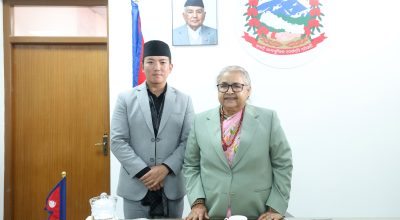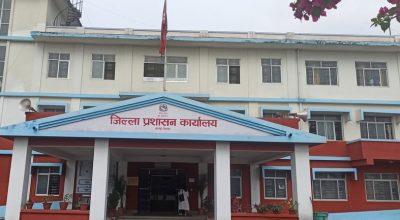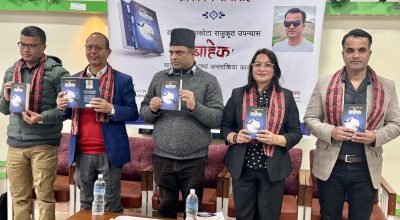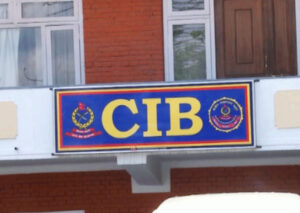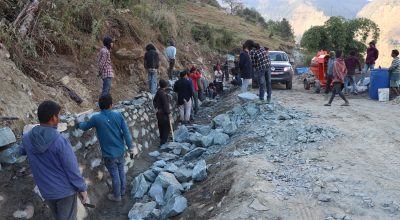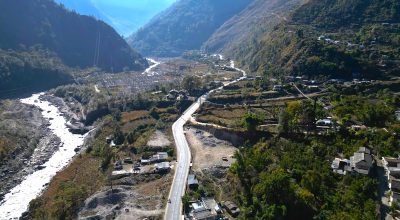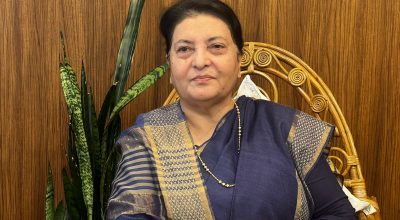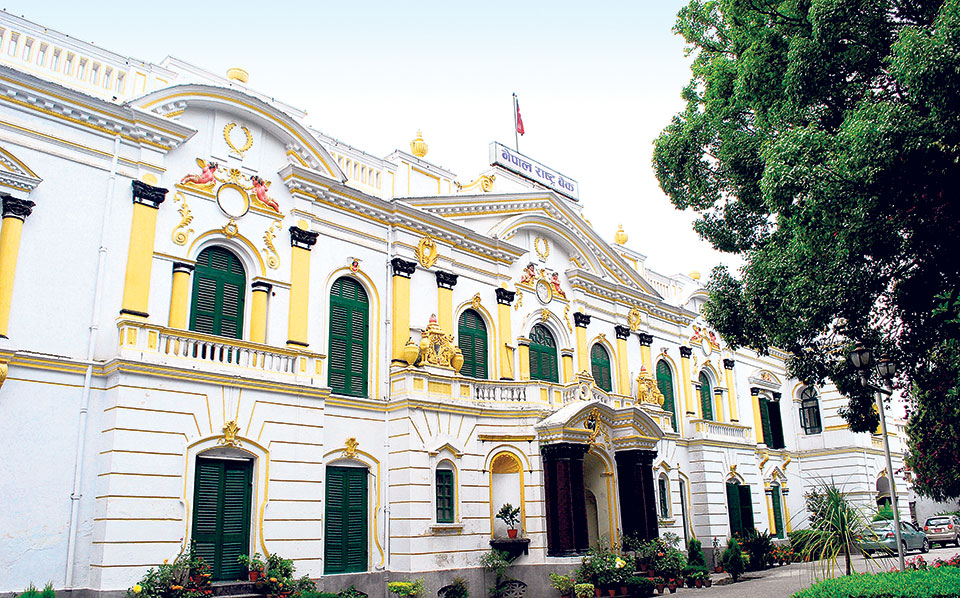
KATHMANDU: Nepal’s major economic indicators have been found worrisome, according to Nepal Rastra Bank, the central bank of Nepal.
According to a report on “Current Macroeconomic and Financial Situation of Nepal” published today, NRB says the remittance inflow decreased by 4.9 percent. In the seven months period, remittance inflows decreased to Rs.540.12 billion in the review period against an increase of 10.9 percent in the same period of the previous year.
Remittances
In the US Dollar terms, remittance inflows decreased 5.8 percent to 4.53 billion in the review period against an increase of 6.8 percent in the same period of the previous year. Number of Nepali workers (institutional and individual-new and legalized) taking approval for foreign employment increased significantly to 200,102 in the review period.
It had decreased 85.4 percent in the same period of the previous year. The number of Nepali workers (Renew entry) taking approval for foreign employment increased 265.9 percent to 152,325 in the review period. It had decreased 73.1 percent in the same period of the previous year.
Net transfer decreased 4.2 percent to Rs.603.73 billion in the review period. Such a transfer had increased 8.9 percent in the same period of the previous year.
Likewise, the balance of payment also remained at a deficit of NRs. 247.03 billion. The gross foreign exchange reserve also stood at US$ 9.75 billion.
The current account remained at a deficit of Rs.413.86 billion in the review period compared to a deficit of Rs.104.39 billion in the same period of the previous year. In the US Dollar terms, the current account registered a deficit of 3.47 billion in the review period compared to deficit of 892.1 million in the same period last year.
In the review period, capital transfer decreased 19.4 percent to Rs.6.31 billion and net foreign direct investment (FDI) increased 80.6 percent to Rs.16.29 billion. In the same period of the previous year, capital transfer and net FDI amounted to Rs.7.83 billion and Rs.9.02 billion respectively.
Extended Credit Facility (ECF) of Rs.13.08 billion (USD 110.42 million) has been received from IMF
during the review period.
Balance of Payments (BOP) remained at a deficit of Rs.247.03 billion in the review period against a surplus of Rs.97.36 billion in the same period of the previous year. In the US Dollar terms, the BOP remained at a deficit of 2.07 billion in the review period against a surplus of 817.6 million in the same period of the previous year.
Foreign Exchange Reserves
Gross foreign exchange reserves decreased 16.2 percent to Rs.1173.02 billion in mid-February 2022 from Rs.1399.03 billion in mid-July 2021.
In the US Dollar terms, the gross foreign exchange reserves decreased 17.0 percent to 9.75 billion in mid-February 2022 from 11.75 billion in mid-July 2021.
Of the total foreign exchange reserves, reserves held by NRB decreased 17.7 percent to Rs.1024.60 billion in mid-February 2022 from Rs.1244.63 billion in mid-July 2021. Reserves held by banks and financial institutions (except NRB) decreased 3.9 percent to Rs.148.42 billion in mid-February 2022 from Rs.154.39 billion in mid-July 2021. The share of Indian currency in total reserves stood at 24.2 percent in mid-February 2022.
Foreign Exchange Adequacy Indicators
Based on the imports of seven months of 2021/22, the foreign exchange reserves of the banking sector is sufficient to cover the prospective merchandise imports of 7.4 months, and merchandise and services imports of 6.7 months. The ratio of reserves-to-GDP (previous fiscal year), reserves-to-imports and reserves-to-M2 stood at 27.5 percent, 55.8 percent and 22.1 percent respectively in mid-February 2022. Such ratios were 32.8 percent, 84.7 percent and 27.1 percent respectively in mid-July 2021.
However, the imports have increased by 42.8 percent in seven months of the current fiscal year 2021/22.






